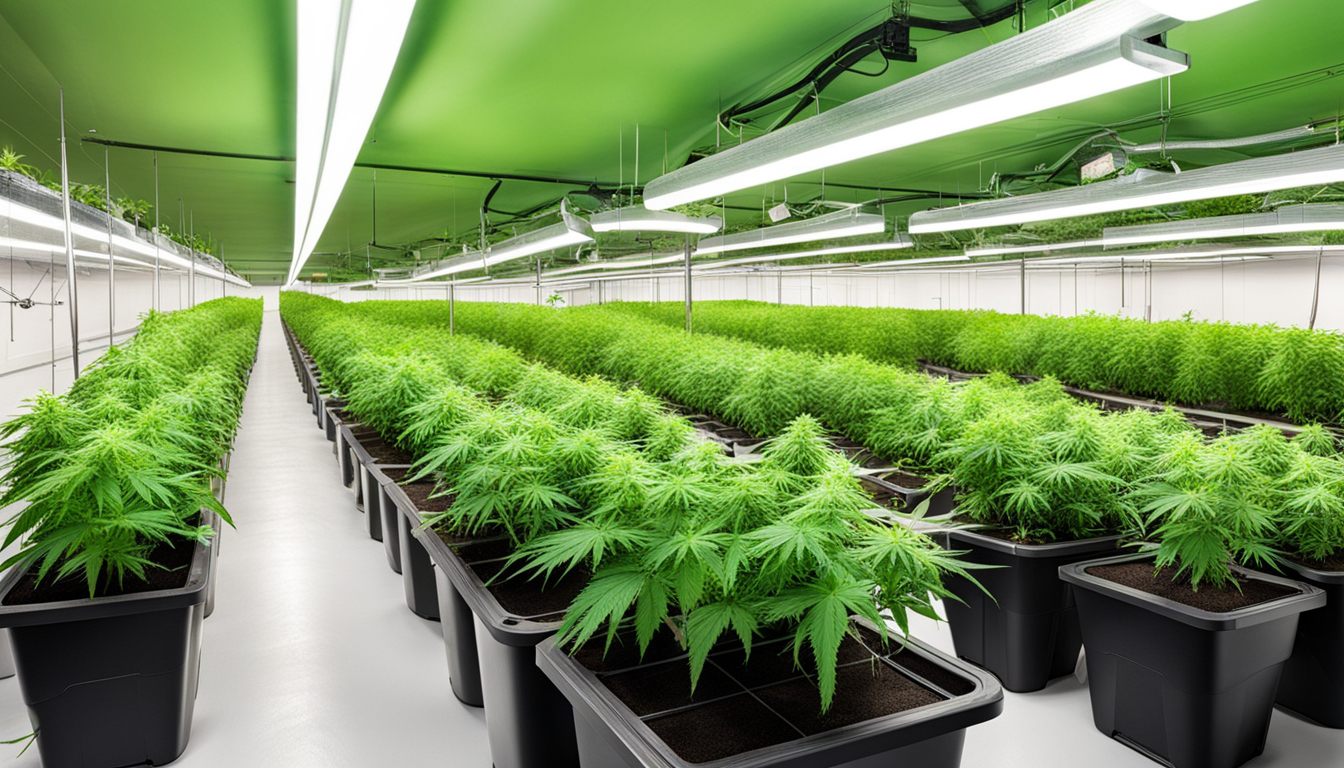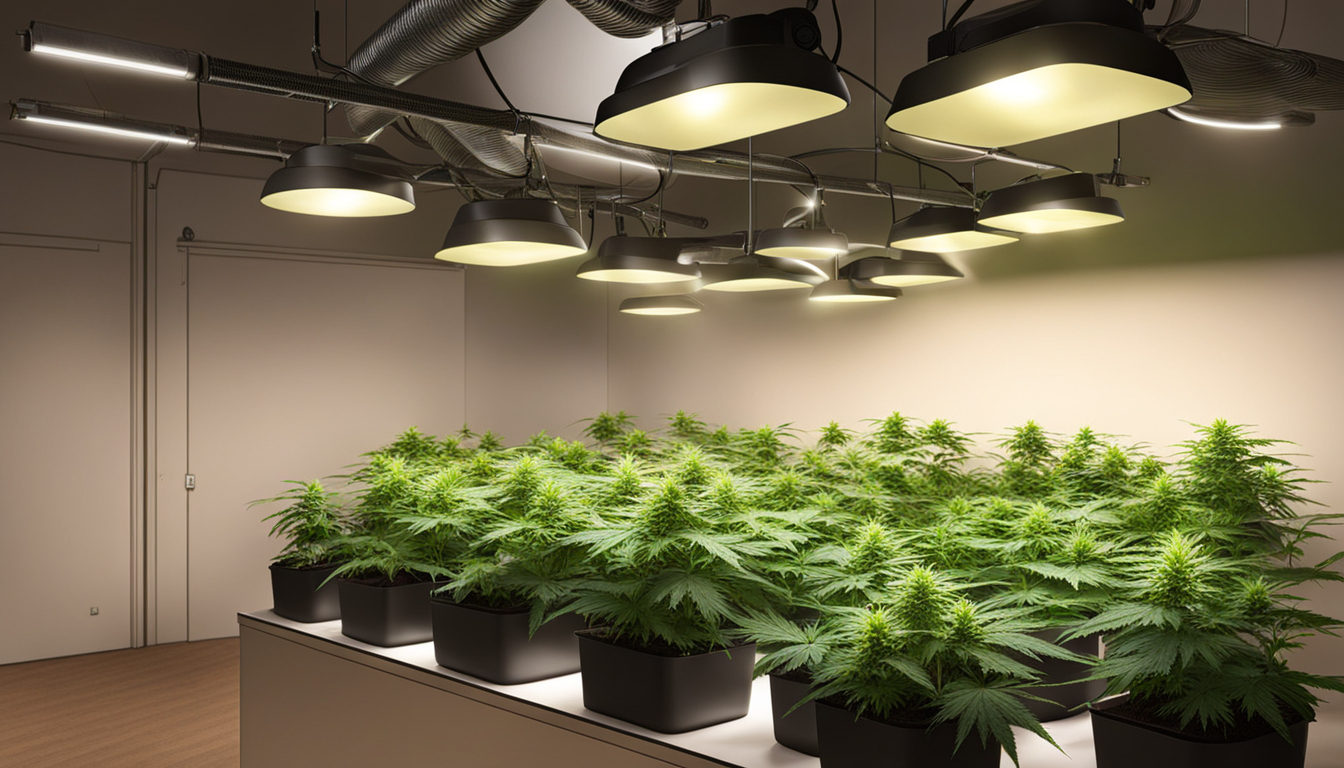
Whether you're beginning weed growing or looking to improve your existing grow, following this complete guide will help you produce large, high-quality yields right at home. With the right gear, strategies, and care, growing weed indoors can be an extremely satisfying and cost-effective endeavor.
Choosing Pot Varieties
The first step in planning your indoor grow is picking the right weed varieties to produce. The three main types of weed plants each have their own traits.
Energizing strains
Known for their uplifting mental effects, these strains grow tall and slender with narrow leaves. They thrive in warmer equatorial climates and have a longer flowering time between 10-12 weeks indoors. Top sativa varieties include Jack Herer, Durban Poison, Super Lemon Haze, and Jack Herer.
Relaxing strains
These strains provide calming body-focused effects and grow short and bushy with wide leaves. Accustomed to colder mountain climates, they bloom faster within 2-2.25 months. Popular relaxing varieties include Northern Lights, Bubba Kush, and Bubba Kush.
Mixed strains
Mixed varieties mix traits from both energizing strains and relaxing strains. They offer blended effects and have medium blooming times around 2.25-2.5 months. Popular mixes are OG Kush, Girl Scout Cookies, and Blue Dream.

Setting Up Your Grow Space
Cannabis plants need the right controlled environment to succeed. Key factors for indoor cultivations are lights, ventilation, layout, and finding the ideal discreet location.
Location
Choose an unused space with direct access to irrigation and electrical outlets. An empty spare room, large closet, basement corner, or cultivation tent tucked away in a garage all make great hidden grow room spots.
Lights
Cannabis requires powerful light for all vegetative stages. LED grow lights are energy-efficient and come in broad spectrum options replicating natural sunlight. Provide 15-25 watts per square foot for the growth stage and 400-600 watts per square foot for bloom.
Airflow
Proper airflow and exhaust systems keep ideal temp, humidity, and pure CO2 levels. Install low-noise 4-6 inch blowers or scrubbers to refresh old air and reduce odors.
Layout
Optimize your space by positioning plants strategically under the lamps and leaving room to access and work around them. Set up distinct zones for vegetation, flowering, curing, and cloning.

Cultivation Substrates
Cannabis can be cultivated in various mediums, each with benefits and cons. Pick a suitable option for your particular setup and growing style.
Soil
The traditional medium, soil is cheap and simple for beginners. It provides excellent flavor but needs more irrigation and fertilizing to feed plants. Amend soil with perlite or coir to improve drainage.
Coco Coir
Made from coir, reusable coconut fiber holds water but still allows air to the roots. It's more sterile and more predictable than soil. Use coco-specific fertilizers to avoid accumulation.
Water systems
In hydro systems, plant roots develop right in nutrient irrigation solution. This allows quick development but needs close observation of water properties. DWC and drip systems are popular methods.
Germinating Seeds
Germination prepares your cannabis seeds to begin growing taproots. This prepares them for transplanting into their cultivation medium.
Paper Towel Method
Place seeds between wet paper towels and keep them damp. Inspect after 2-7 days for emerging taproots indicating sprouting is complete.
Planting directly
Plant seeds directly into wetted cultivation medium 1⁄4 inch deep. Gently water and wait 1-2 weeks until sprouts break through the top.
Rockwool Cubes
Presoak cubic rockwool starters in pH-adjusted water. Insert seeds 1⁄4 inch deep into the cubes. Keep cubes wet until sprouts appear within 1-14 days.
Transplanting Young plants
Once sprouted, marijuana young plants need to be transplanted to avoid overcrowding. Move them into proper sized pots.
Ready Containers
Fill final pots with cultivation medium enriched with time-released nutrients. Allow containers to soak up water for 8-12 hours before repotting.
Carefully Transplanting
Gently separate young roots from sprouting medium using a spoon. Place into prepared pot at equal depth as before and gently water in.
Growth Stage
The vegetative stage promotes leafy growth and plant structure through 3/4 to full day of continual lighting exposure. This stage usually lasts 4-8 weeks.
Providing 18-24 Hours of Light
Use lamps on a 24 daily schedule or outdoor light to initiate constant photosynthesis. Lamp output influences height and node distance.
Nutrients
Use grow stage fertilizers richer in nitrogen. Make sure pH stays around 6.5 for proper nutrient absorption. Feed 1⁄4 to 1⁄2 strength after 2 weeks and strengthen slowly.
LST and topping
Fimming, LST, and trellising direct shoot shapes for even canopies. This increases yields.

Flowering Stage
The blooming stage grows buds as plants reveal their Discover More sex under a 12/12 light schedule. It lasts 2-3 months based on strain.
Changing Light Schedule
Switch lamps to 12/12 or place outdoors for natural 12 hour cycle. This triggers plants to begin flowering.
Stop Fertilizing
Leaching flushes out nutrient salts to enhance flavor. Fertilize weakly the first period then just use pH'd water the final 2 weeks.
Flushing
Continue 12 hour photoperiod but leach using pH-balanced water only. Resume clean watering if buds aren't yet mature after two weeks.
Harvesting
Recognizing when marijuana is completely mature ensures maximum potency and aroma. Cut down plants at peak maturity.
Identifying Ripeness
Check fading pistils, swelling calyxes, and 10-15% amber trichomes. Inspect buds across the plant as they don't all mature evenly.
Cutting Plants
Use clean, sharp pruning shears to gently cut each plant at the base. Leave 5-10cm of stalk attached.
Drying
Hang intact plants or branches upside down in a lightless room with average temperature and RH around 50-60% for 7-14 days.
Aging
Curing continues desiccating while aging the buds like fine wine. This technique smooths harshness and intensifies cannabinoid contents.
Curing containers
Trim cured buds from branches and place into sealed containers, filling about 75% capacity. Use Request More Info a hygrometer to monitor jar moisture.
Opening jars daily
Open containers for a few hours each day to gradually lower moisture. Rehydrate buds if humidity goes under 55%.
Final Cure
After 14-21 days when humidity levels off around 55-65%, perform a last trim and keep long-term in airtight jars.
Common Problems and Solutions
Even seasoned growers run into different marijuana plant problems. Identify issues soon and address them correctly to maintain a vibrant garden.
Nutrient Deficiencies
Chlorosis often indicate inadequate nitrogen. Purpling stems and leaves signal phosphorus deficiency. Test pH and increase fertilizers Subscribe Now gradually.
Bugs
Spider mites, fungus gnats, mites, and root aphids are frequent weed pests. Use organic sprays, ladybugs, and yellow traps for natural control.
Powdery mildew
High moisture encourages powdery mildew and root rot. Improve circulation and circulation while reducing humidity under 50% during flowering.

Conclusion
With this complete indoor marijuana growing guide, you now have the knowledge to grow plentiful strong buds for private harvests. Apply these techniques and techniques during the seed starting, vegetative, and bloom stages. Invest in quality gear and closely monitor your plants. In time, you'll be rewarded with frosty fragrant buds you grew yourself under the patient guidance of your green hands. Happy growing